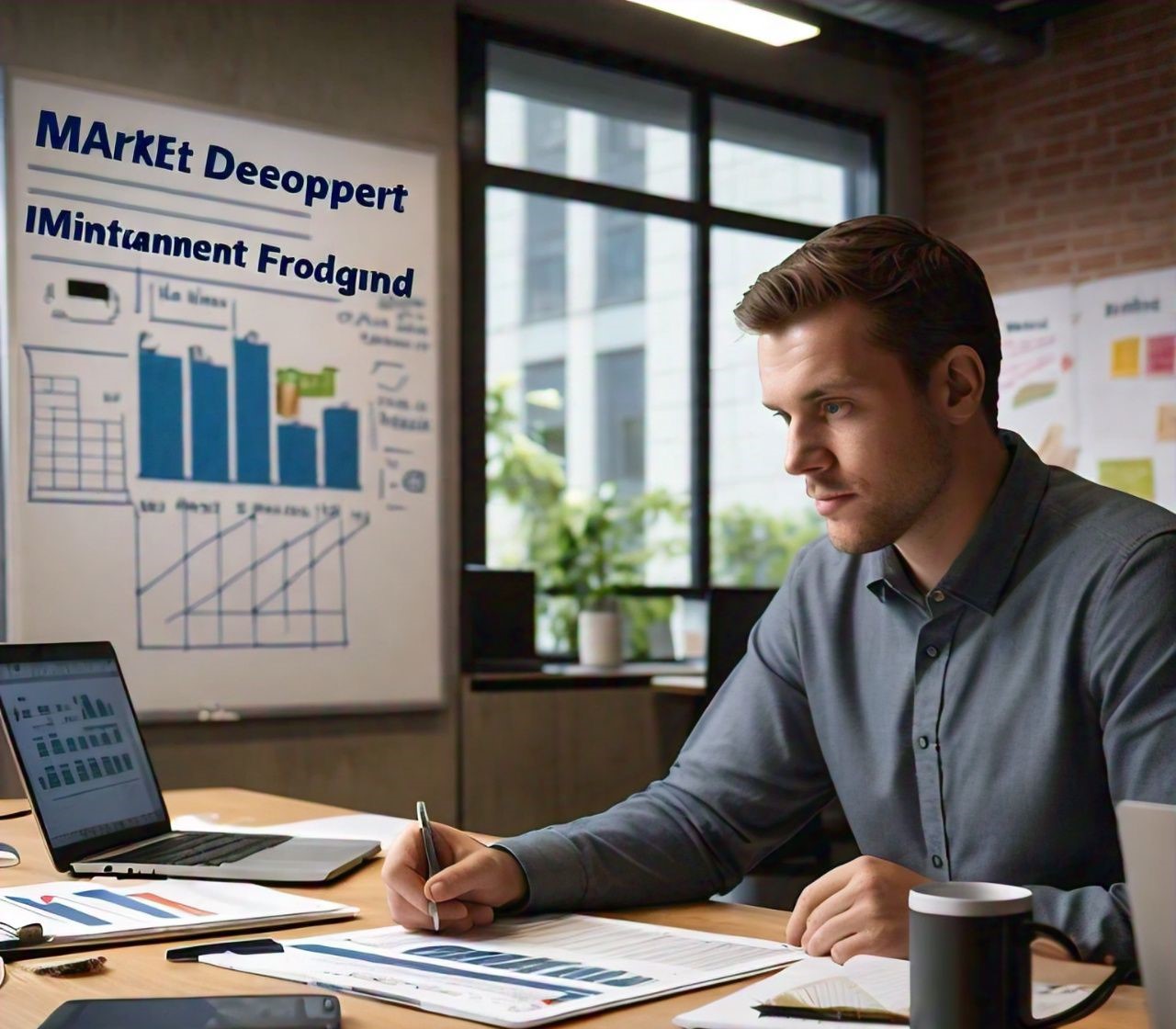In the present contending business landscape, Market Development Funds (MDF) are crucial tools suppliers offer to their backhanded marketing channel partners to fuel sales and marketing proposals. These funds can enable channel partners to run productive campaigns, create brand awareness, and ultimately generate more revenue. However, to influence MDF to its full capability, channel partners must clearly understand what it implies and how to use it competently. In this article, we will deeply explore the concepts of MDF, its key appeals, best practices for usage, and how it differs from other types of merchant funding.
What are Market Development Funds (MDF)?
Market Development Funds (MDF) is reserves, generally in the form of financial incentives, that suppliers allot to their channel partners to sustain sales and marketing activities. These funds are offered to boost the visibility of merchant’s products and services in new or existing markets. Unlike general marketing budgets, it is directed especially at upholding the partner’s exertions in growing the supplier’s market share.
Channel Partners utilize these funds for several marketing ventures, such as:
- Planning events like trade shows or webinars.
- Conducting advertising campaign (radio, print, online)
- Generating promotional materials and directing digital marketing enterprises.
- Running telemarketing campaigns and sales lead generation.
MDF aims to produce appreciable results in terms of sales growth, lead generation, or brand visibility.
How to Use MDF: Key Examples
To comprehend how MDF can be efficiently utilized, it’s essential to know what kind of activities these funds usually support. Some examples of how channel partners can influence Market Development Funds include:
Webinars and Educational Events
One of the most common uses of MDF is to fund client-facing educational events like lunch-and-learn sessions or webinars. These are prospects for channel partners to educate their customers on the supplier’s products, and they offer a direct way to engender leads.
Trade Shows and Exhibitions
Partners often utilize MDF to rent booth space at trade shows or conferences. Trade shows are an effectual venue for boosting brand awareness and directly cooperating with potent customers. The merchant may also supply branded materials, expert speakers, or equipment to encourage the partner’s attempts.
Digital Marketing and Advertising
In the digital age, partners habitually utilize it to buy online advertising spots. Whether it’s PPC crusades, SEO-optimized content, or social media ads, it can be used to improve online visibility. A few suppliers likewise offer pre-planned marketing materials, such as email layouts or banners, that partners can utilize in their campaigns.
Sales Lead Generation
Another tactic used is to cover the cost of sales lead list rentals or to fund telemarketing campaigns focused on producing new business opportunities. With MDF backing, channel partners can approach top-quality lead databases and interact with potent clients with adaptable marketing messages.
Best Practices for Maximizing MDF
While acquiring MDF can substantially enhance marketing attempts, the process demands careful organizing and fallout. Below are best practices to ensure successful usage of MDF:
Focus on Key Vendors
Channel partners should emphasize working with suppliers that have a substantial influence on their revenue. Tackling MDF programs for many suppliers can be tedious, so pointing on high-revenue partners assures that time and resources are managed where they matter most.
Understand Vendor Requirements
Each supplier has its own set of provisions for obtaining MDF. These may include specific metrics, documentation, or even certifications that the partner must meet before obtaining funds. Channel partners have to become conversant in the application process and benchmark for each supplier’s MDF program.
Create a Detailed Action Plan
When applying for it, it’s crucial to exhibit a meticulous plan of action to the supplier. This plan should outline:
The Ask: The type of support needed, such as equipment, financial resources, or marketing materials.
The Action: A precise detail of the process (e.g., a trade show, a webinar, or an ad campaign).
The Expected Results: Certain KPIs or return on investment (ROI) Metrics that will be used to appraise the success of the in enterprise.
Track and Follow Up
To make a persuasive case for future allowances, channel partners must track the execution of their MDF-backed proposals. For example, after a marketing event or webinar, it’s essential to document the several leads produced and any sales closed as a result. Offering this data to the supplier not only assists validate future MDF but also fortifies the partner-supplier relationships.
Building Strong Vendor Relationships
Ensuring Market Development Funds is often linked to the strength of the relationship between merchant and channel partner. To create a strong collaboration, channel partners should:
- Share sales pipeline data with merchants to highlight how their products participate in the partner’s success.
- Demonstrate commitment to the merchant’s products by acquiring technical certifications and contributing to training programs.
- Show competence in the supplier’s endowments and maintain open lines of interaction with channel partners.
Leveraging Knowledge-Based Resources
In addition to financial aid, suppliers often offer knowledge-based resources such as sales leads, marketing materials, and mailing lists. These reserves can be utilized in combination with MDF to further augment the partner’s marketing exertions. For example, a supplier might offer a prepackaged HTML email layout or approach to CRM tools to assist channel partners in accomplishing efficient campaigns.
MDF vs. Co-op Marketing Funds: Understanding the Difference
While MDF and CMF share correspondence, there are obvious differences between the two.
- Co-op Marketing Funds are generally bestowed to high-volume vendors, such as distributions. These funds are apportioned for long-term marketing proceedings, such as annual campaigns, and are ordinarily offered based on a percentage of the partner’s sales with merchants.
- MDF, on the other hand, is often utilized for short-term marketing proceedings, such as trade shows or webinars. While CMFs are targeted at vast, long-term goals, MDFs are created for specific, strategic campaigns that create immediate results.
Both types of funding can be neglected if partners are oblivious to them or find the programs challenging to maneuver.

Conclusion
Market Development Funds (MDF) are potent reserves for channel partners to enhance their marketing tactics and drive sales growth. By emphasizing key merchants, understanding the application process, and following up on campaign results, partners can generate funds. MDF not only assists partners grow their businesses but also empowers the relationship with their suppliers, assuring long-term success.






